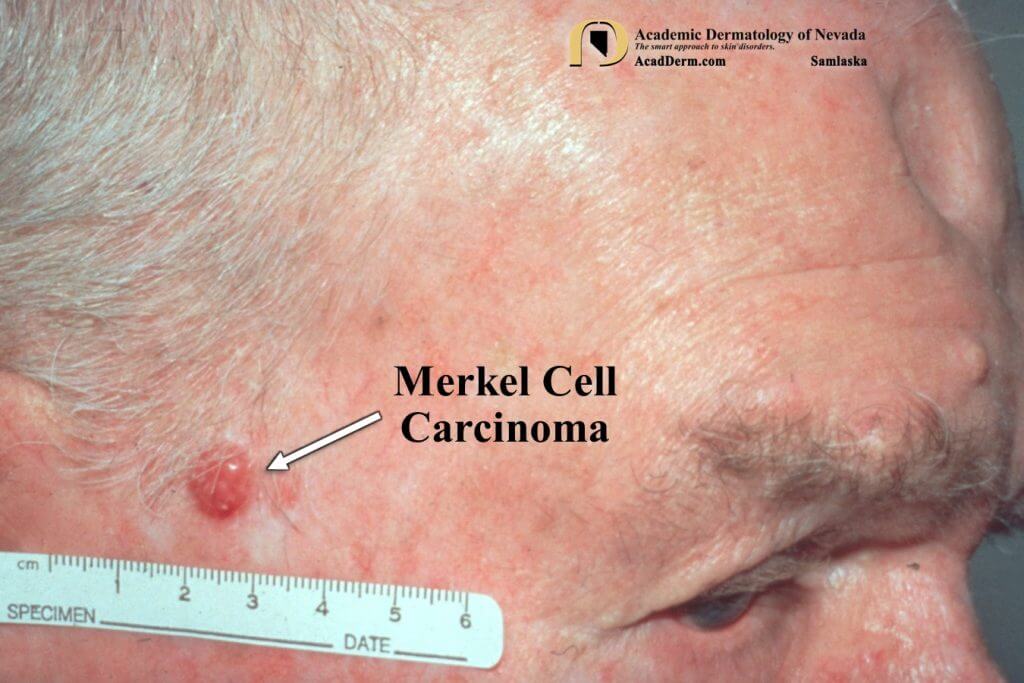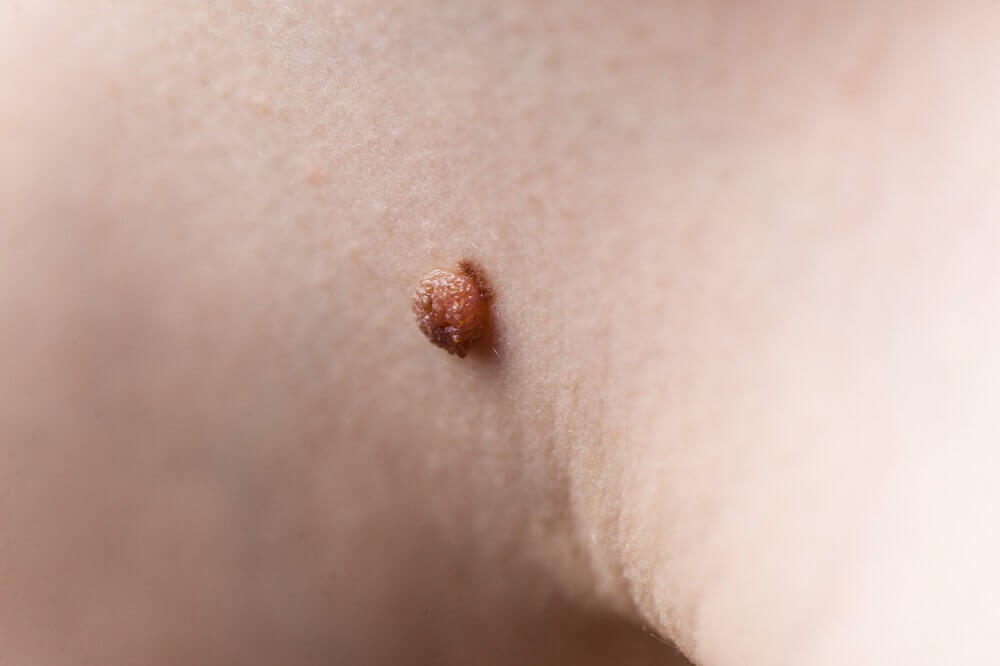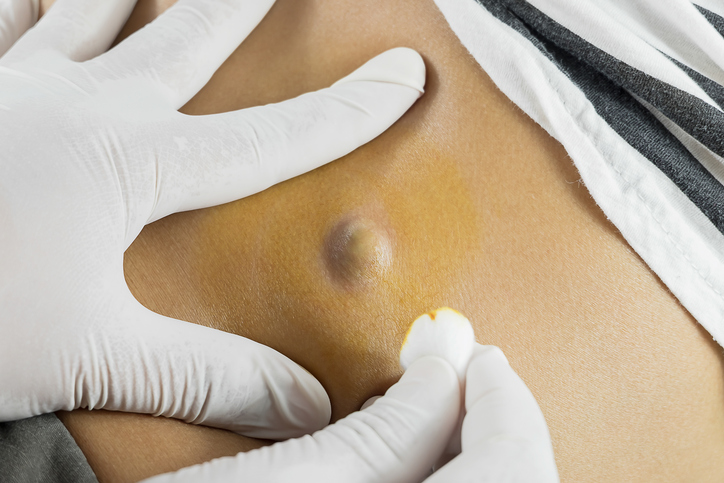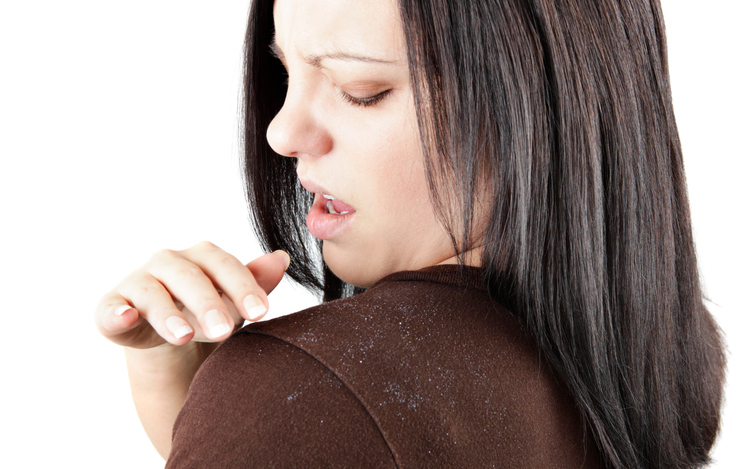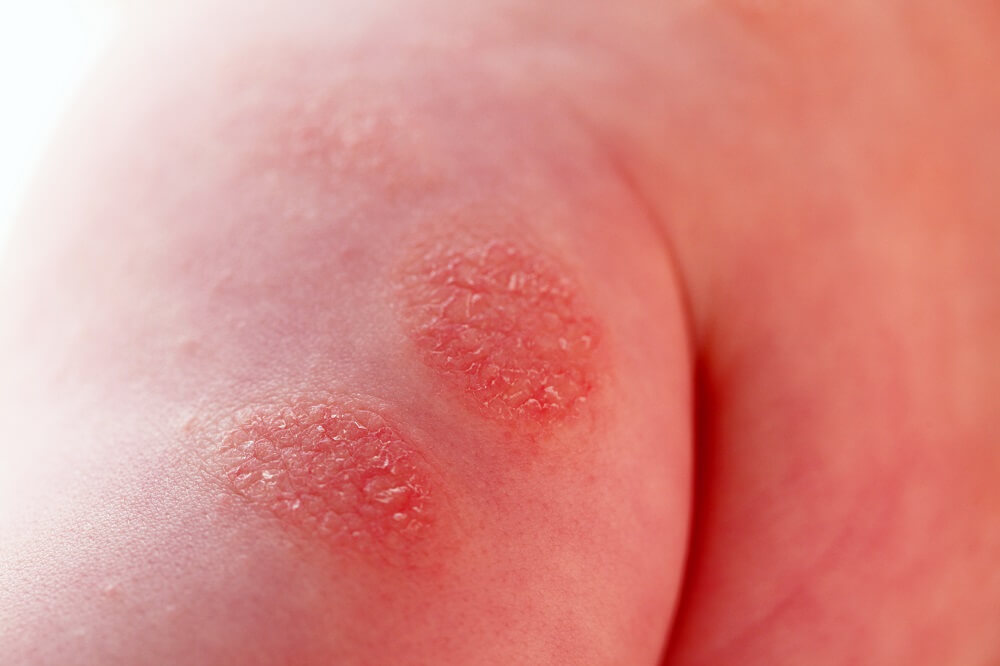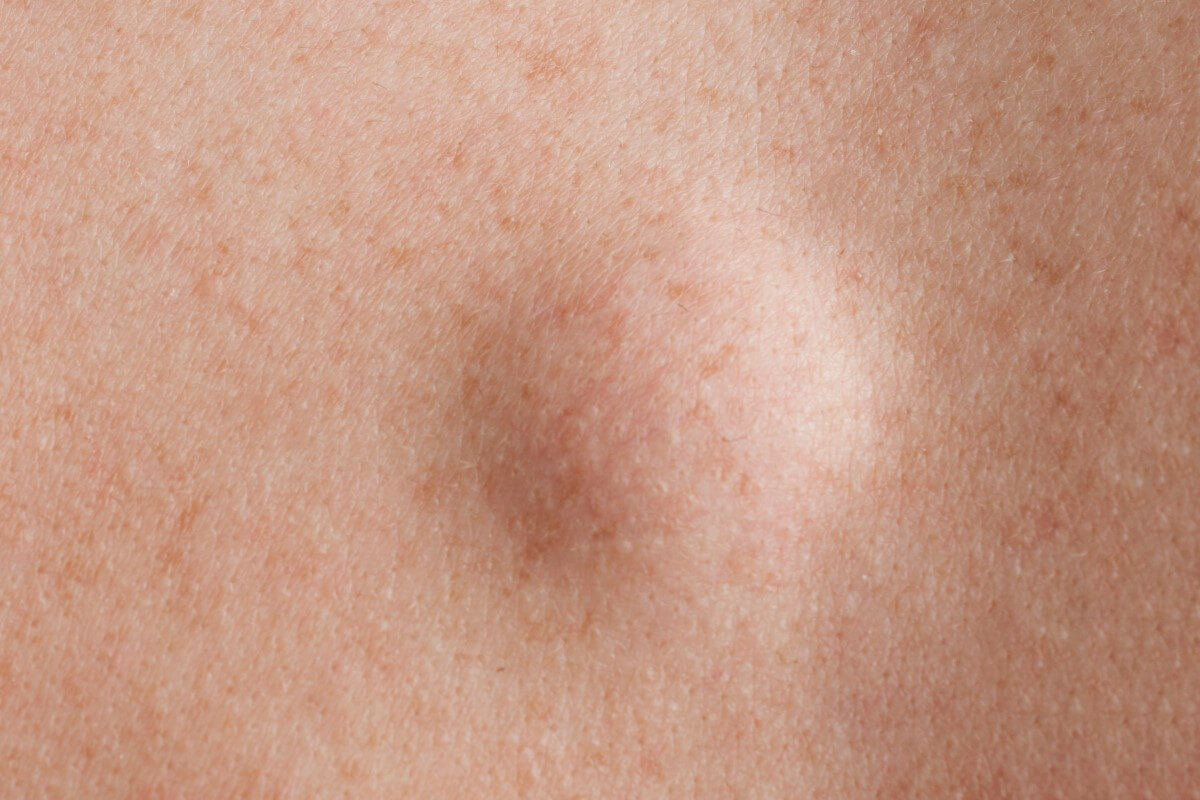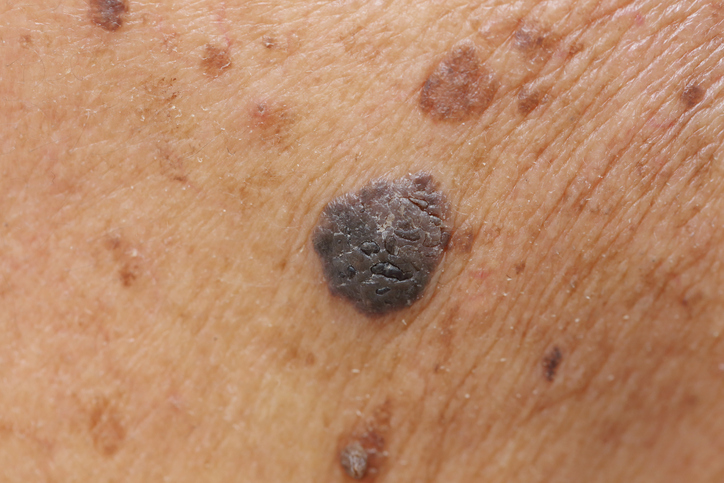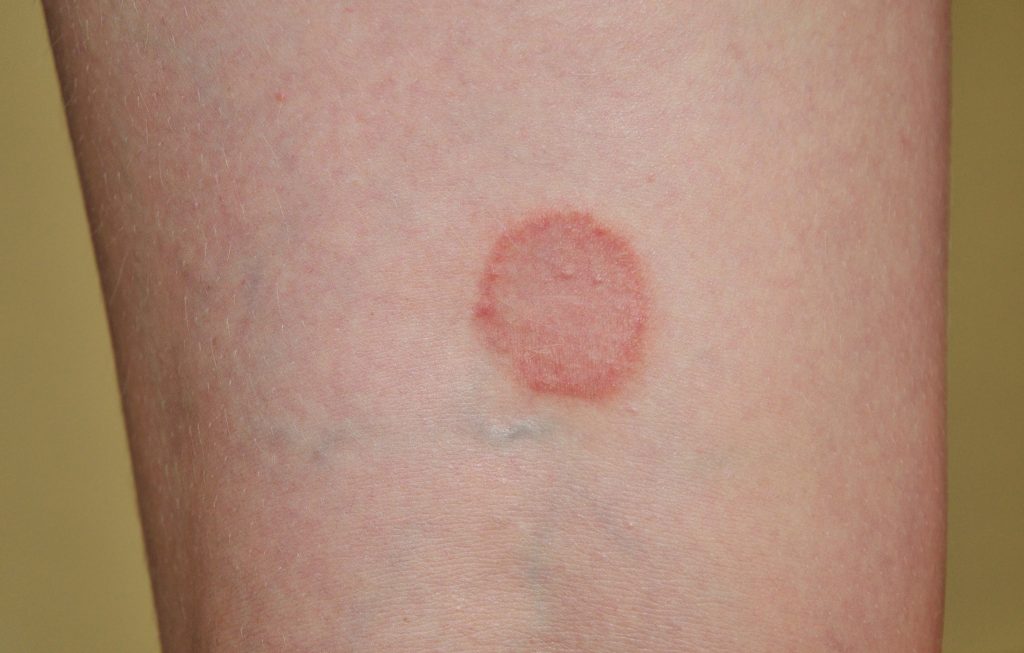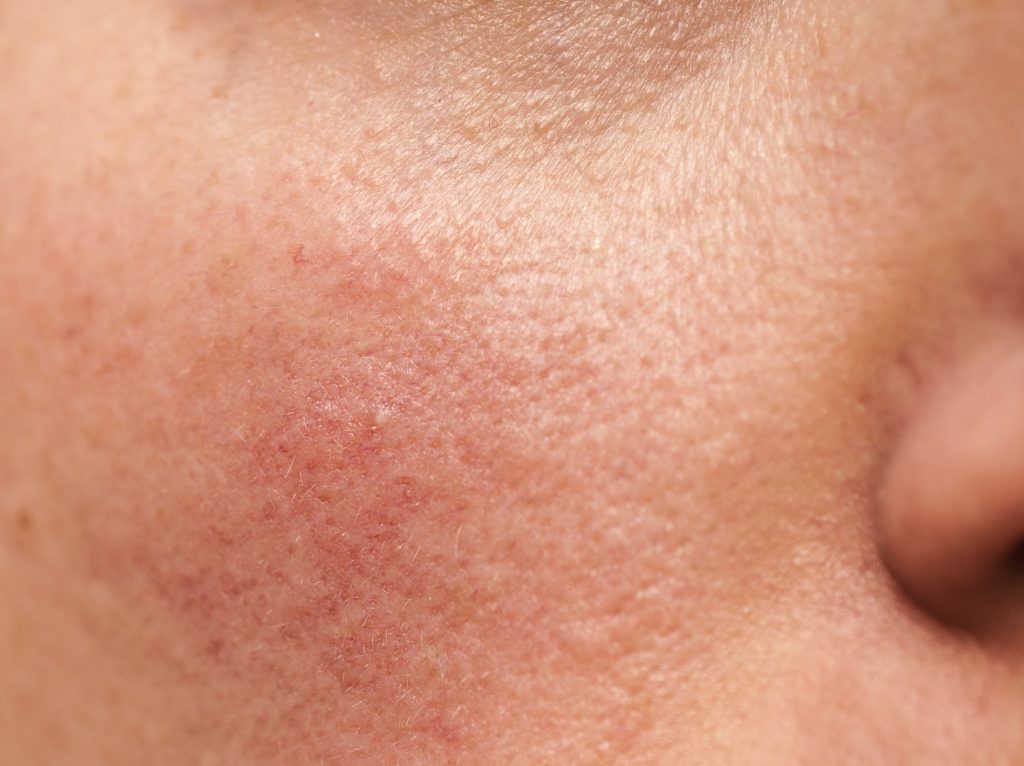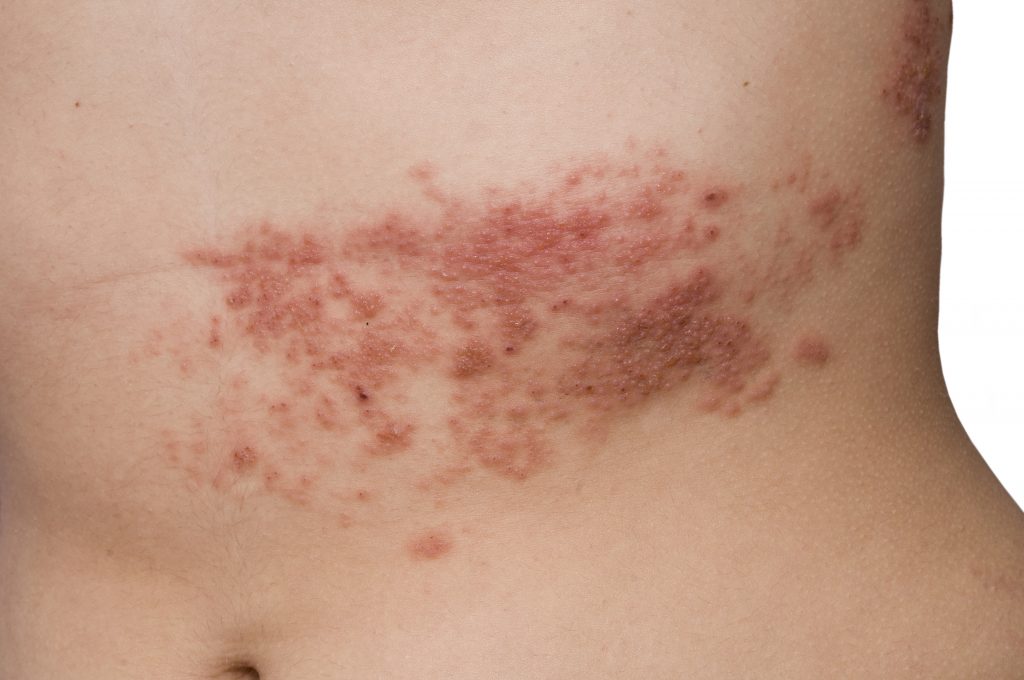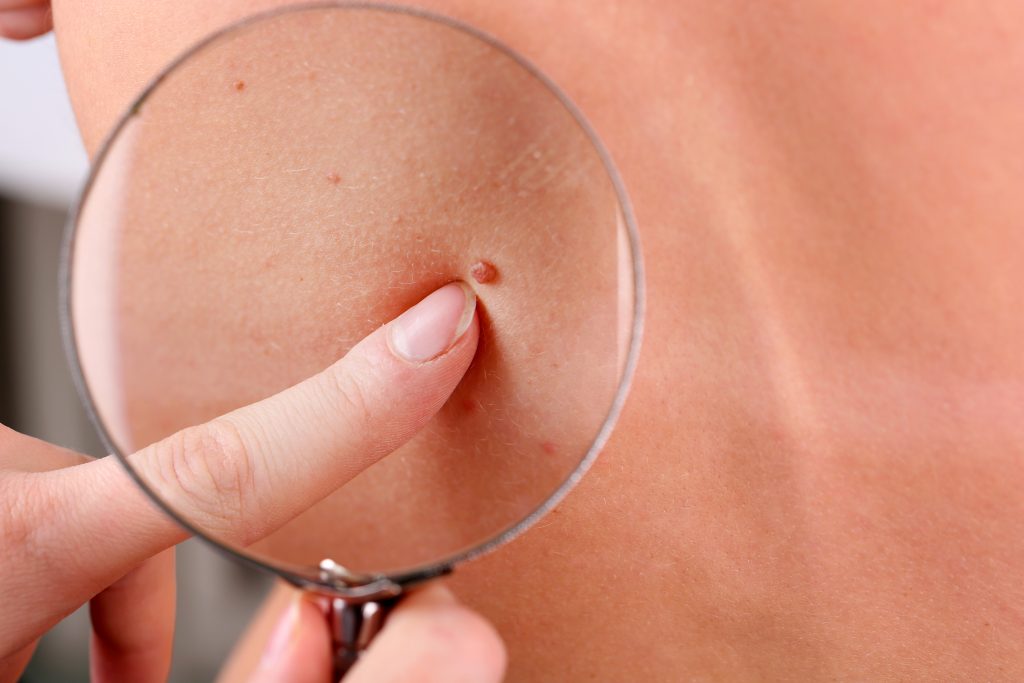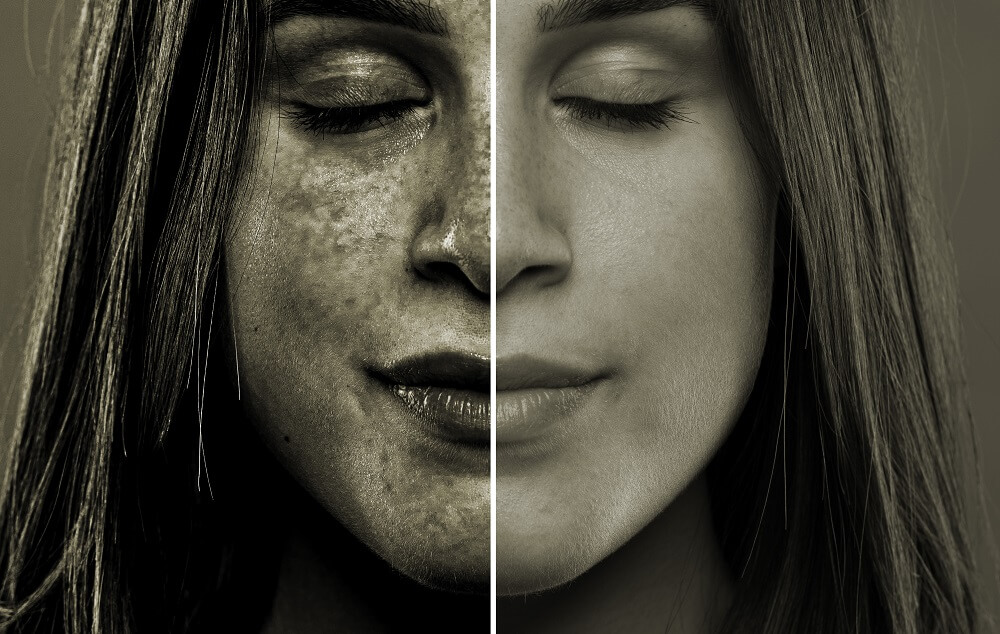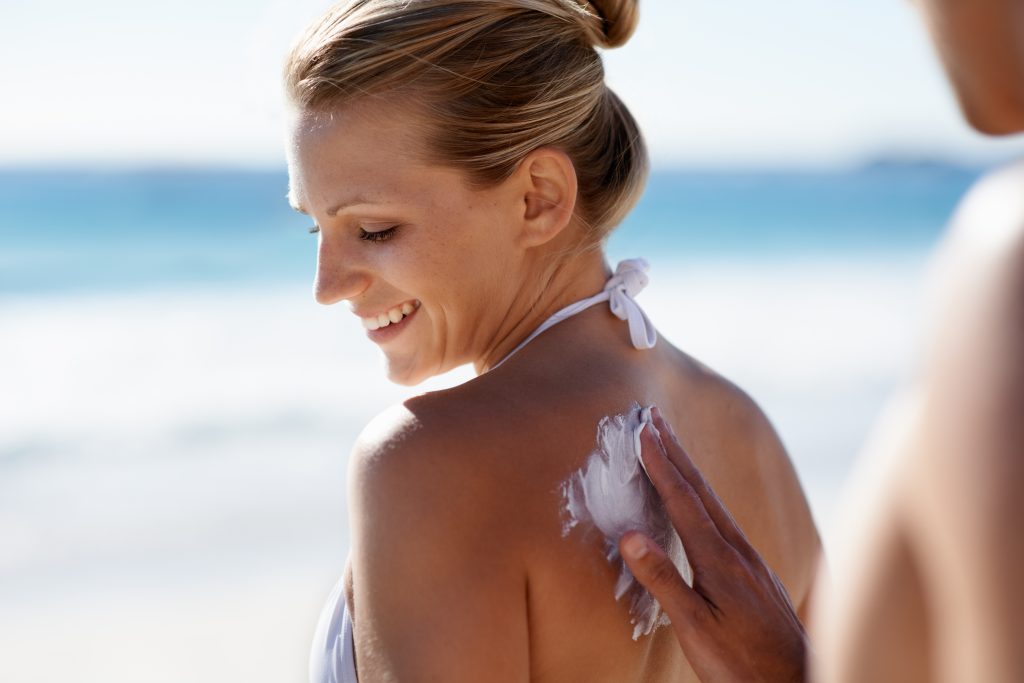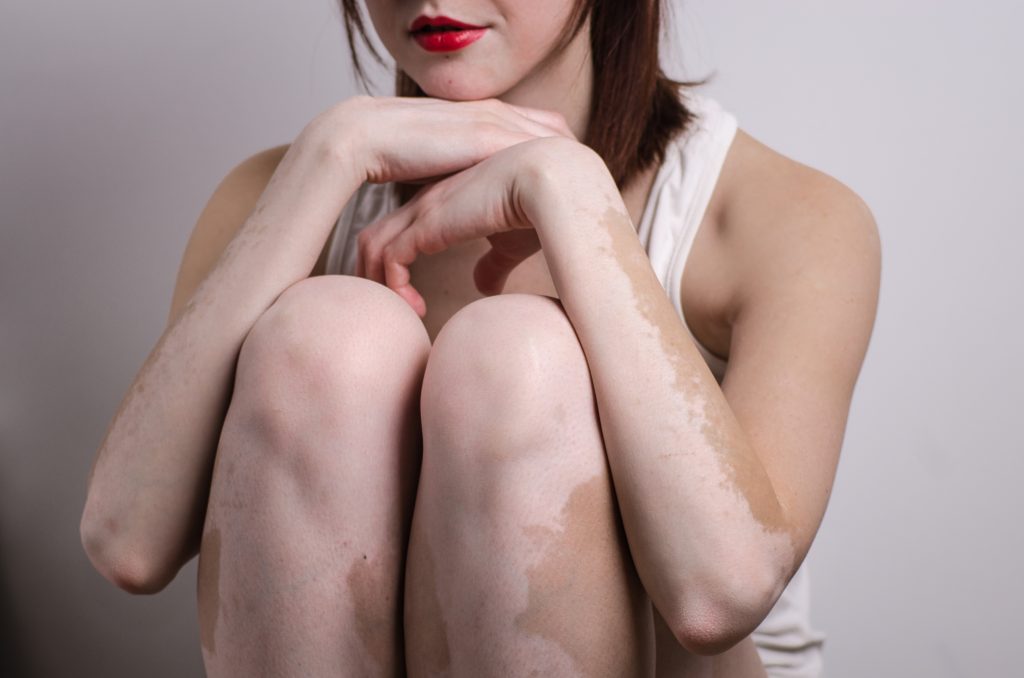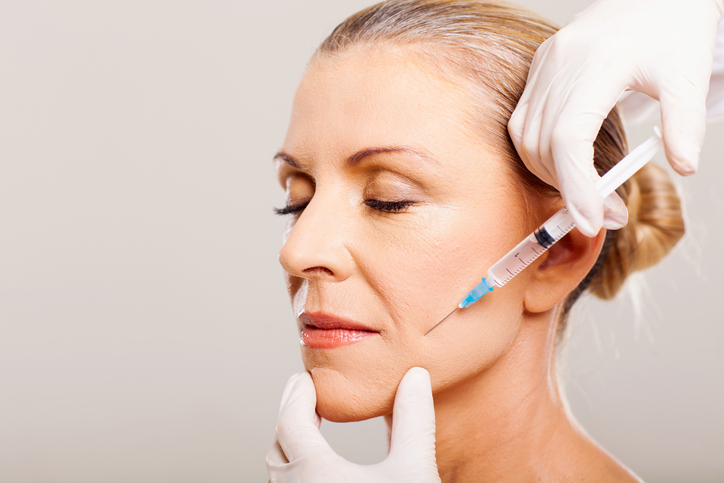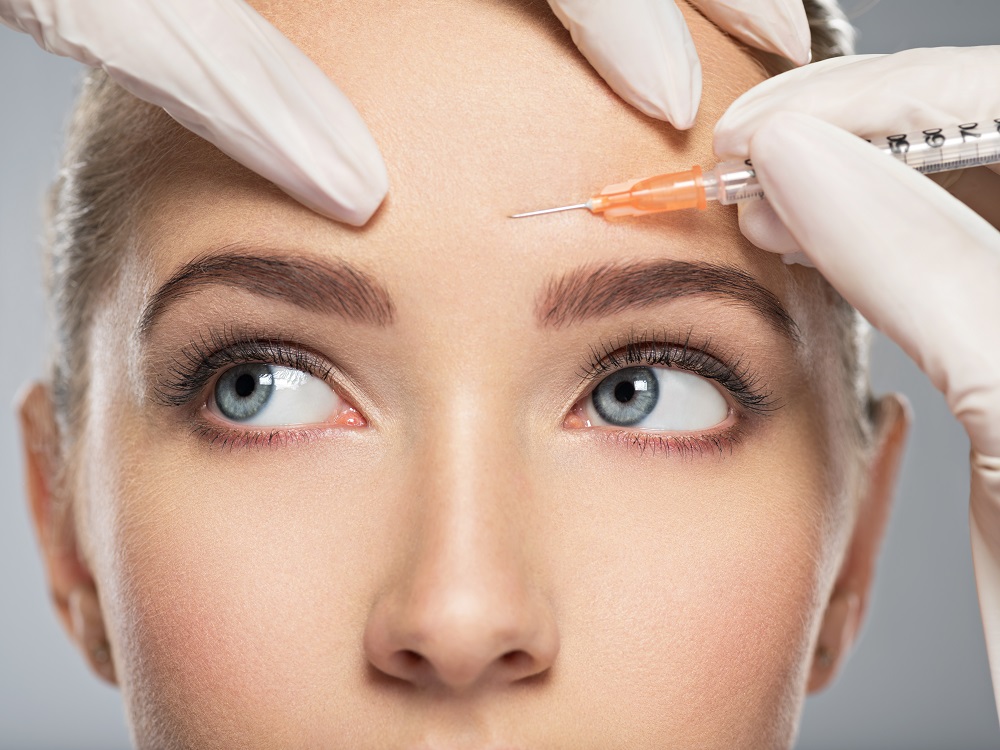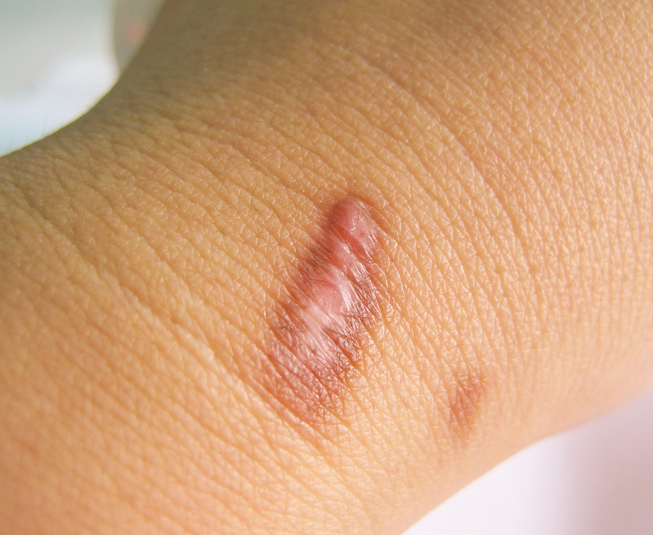Dr. Thomas Hall was raised in Edmond, Oklahoma, where he graduated as valedictorian of Edmond Memorial High School in 1994. He went on to major in mechanical engineering at Oklahoma State University in Stillwater, where he graduated magna cum laude in 1998, earning the title of Outstanding Male Graduate of the university that spring. Dr. Hall then obtained his medical education at the University of Oklahoma College of Medicine, where he graduated with special distinction in 2002. He completed his internship in internal medicine at the OU Medical Center the following year. He then fulfilled a three-year residency in dermatology at the same location, serving as chief resident in 2006.
Dr. Thomas Hall loves the small-town atmosphere of Stillwater and is happy to be serving Stillwater, Ponca City, and the surrounding area. Dr. Hall prides himself on providing the best dermatological care possible and is board certified by the American Board of Dermatology. He is also a fellow of the American Academy of Dermatology and has served as president and as a member of the board of directors of the Oklahoma State Dermatological Society.
Dr. Thomas Hall is married to Robin Hall, MD, and has three children (Ryan, Bretton, and Gabrielle). His favorite pastimes include spending time with his family, playing tennis and golf, and attending OSU sporting events.
Dr. Thomas Hall practices at U.S. Dermatology Partners in Oklahoma at our Enid, Stillwater, Ponca City, and Woodward dermatology clinics.
Featured Articles
- How Geographic, Socioeconomic Factors Affect Dermatological Outcomes
- New Dermatology Office Opens in Enid, Oklahoma
Featured Blogs
- Living with Eczema: Managing Symptoms and Mental Health
- U.S. Dermatology Partners is Recognized in Best of Stillwater Awards 2024
- U.S. Dermatology Partners Stillwater Relocates to Expanded Office Space
- U.S. Dermatology Partners Relocates Ponca City Office to Expanded Facility
- U.S. Dermatology Partners Announces the Opening of Enid, Oklahoma Office
- U.S. Dermatology Partners Announces the Opening of Woodward, Oklahoma Office









